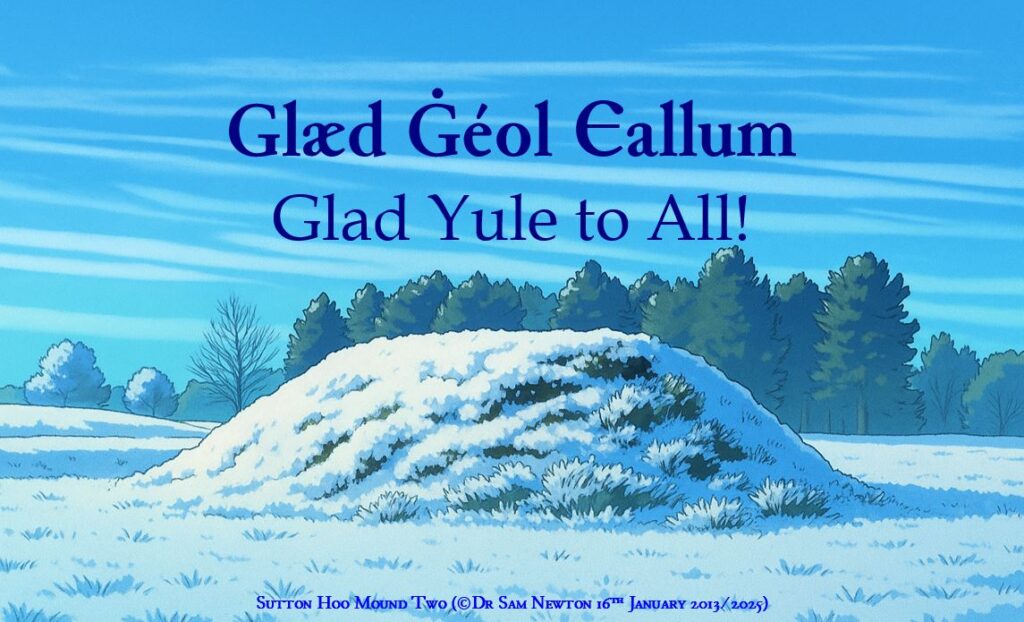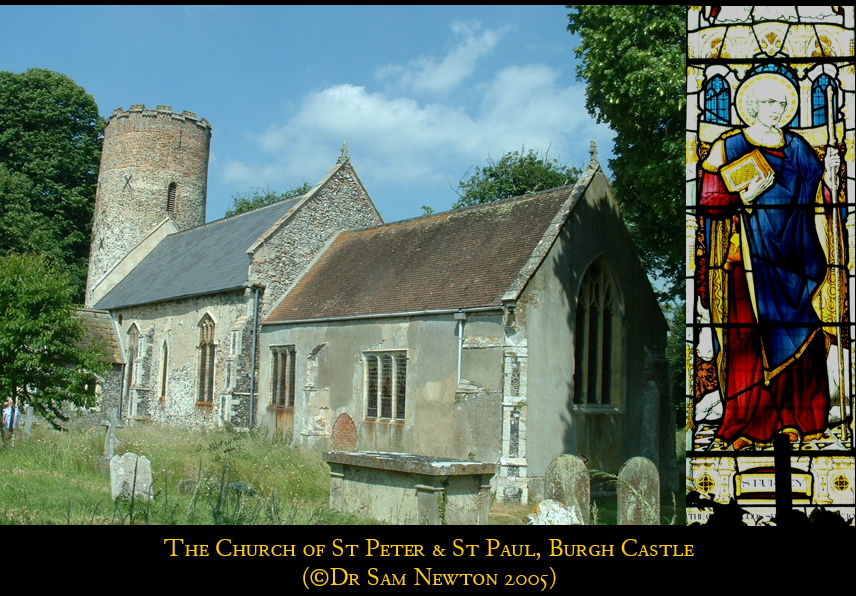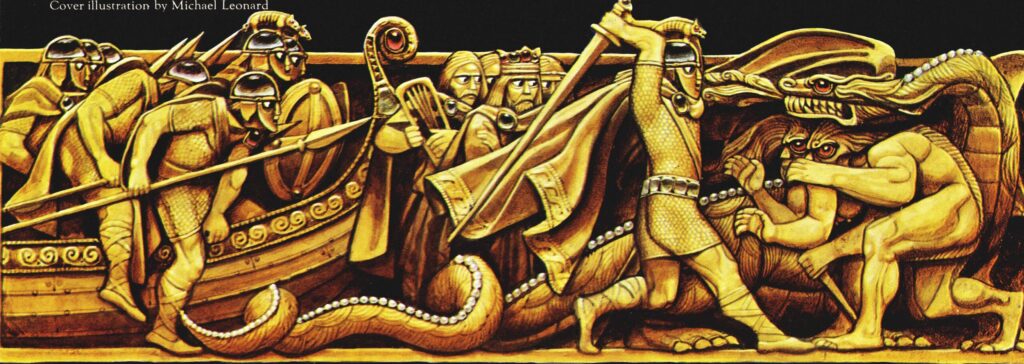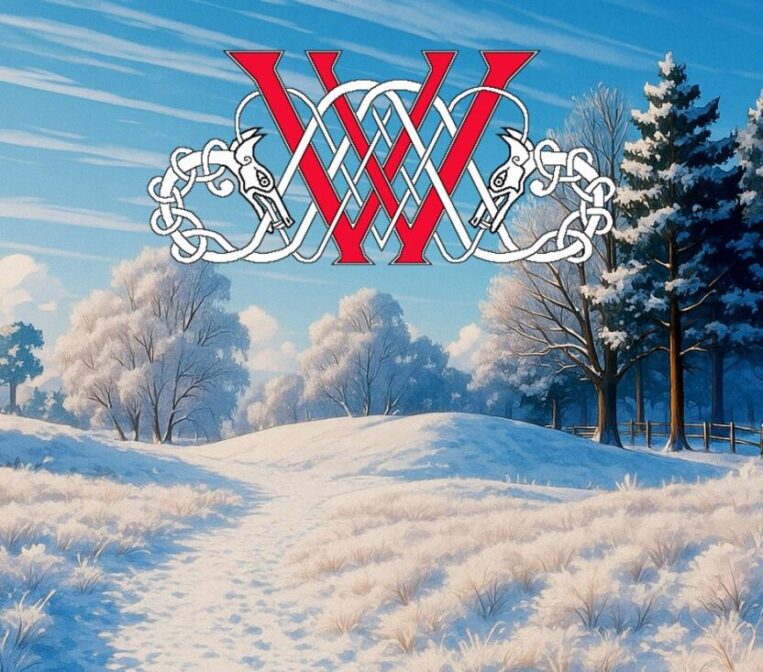Welcome to Dr Sam Newton’s Wuffings’ Website Website, which aims to provide a focus for the study of Sutton Hoo and the history and culture of the Wuffing Kingdom of East Anglia, Beowulf, and beyond.
Header-picture above: Æt Hrædwaldes-Cyninges-Hlæwe, ‘At Rædwald’s King’s Barrow’ (©Dr Sam Newton 2013, 2025).
Please scroll down for information about (1) Wuffing Education study-days, study-mornings, and other events (2) my weekly seminars, (3) available lectures, (4) about me and my works, (5) my books and other publications, and (6) some old but still occasionally useful resources for Wuffing & Sutton Hoo Studies. You might also be interested in my YouTube channel . I also make occasional Wuffing Education uploads on the Facebook.

Events (live and online) scheduled so far for 2026
St Fursey and the Irish Church in Early England
an online study-day with Dr Sam Newton FSA on Friday 16th January 2026
A St Fursey’s Day look at the Irish Church in Eastern England in the 7th century; also St Cedd of Essex and the poet Cædmon in Northumbria.
– click here for the full programme on Eventbrite –
Also…
Weekly Morning Seminars in Sutton Hoo and Beowulf Studies 2026, live and online
Picture above: detail from the book-cover created by artist Michael Leonard for the translation of Beowulf by David Wright (Panther 1970) (©with kind permission of the Estate of the late Michael Leonard).
An ongoing seminar-series (Online on Monday mornings and Live on Wednesday mornings) exploring the great Old English poem Beowulf, one of the primary cultural documents from the early history of the English-speaking peoples. We shall consider it closely, along with related texts, languages, landscapes, history, archaeology, and art, attempting thus to chart something of the forgotten soundscapes of the “Golden Age” associated with the Sutton Hoo ship-burial.
For schedules and bookings, please click here.
– please note that these events are not recorded –
Also…
If you wish to book me to deliver a lecture or study-day, click here for a selection of titles.
About Me and My Works
My Books:
1. The Origins of Beowulf and the pre-Viking Kingdom of East Anglia (1993)
2. The Reckoning of King Rædwald (2003)
My more recently published papers, such as “The Forgotten History of St Bótwulf (Botolph)” (2016), can be downloaded from my page on Academia.
Resources for Wuffing Studies:
Wuffings’ Who Was Who (genealogical & historical information)
Sutton Hoo: Burial-Ground of the Wuffings (some of the wonders of the royal ship-burial)
Wuffing and Related Places of Interest (sites where the Wuffings walked; and more) – work in progress
In Defence of the Wuffings (Book Review) – my response to some of Professor Martin Carver’s theories about Sutton Hoo and the kings of East Anglia.
Sutton Hoo: Burial-Ground of Dissidents? – further thoughts on Professor Martin Carver’s theories about Sutton Hoo.
Some Wuffing Studies’ reading lists
Some Old Links to related Websites





